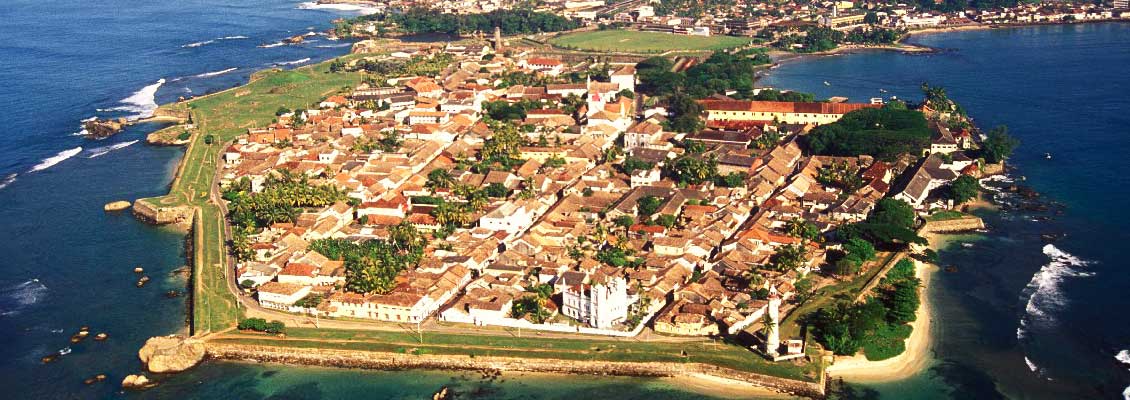GALLE
116 km. south of Colombo , doctor is the most important southern town with an old-world charm. Many visitors to the town make directly for the Fort. Forbidding, viagra sale and discouragingly high (for any would-be intruder), the gray defensive walls, with their three bastions, tower up on the far side of the firing range. The Dutch built these walls after they had taken the previous small fort from the Portuguese in 1640. After building a fortification around the peninsula, they erected, within it, a settlement with streets laid out on a checkerboard grid. The only access was east of the three main bastions at the harbor, where there is still a small gate (Old Gate). In 1796, the English took over from the Dutch and built the New Gate in the wall on the land side, which is the point of entry for most traffic today.
This southern seaport was the 17th century centre of Dutch rule. The town is full of Dutch monuments, ramparts and forts, to bear witness to this fact. It has a pleasant atmosphere and a fine view of the sea.
The port of Galle , thought by some to be the Biblical city of Tarshish , splendidly illustrates the solidity of the Dutch presence in Sri Lanka . The 36-hectare (89 acre) Dutch Fort , built in 1663, has withstood the ravages of time. Its massive ramparts surround the promontory that forms the older part of Galle , and shelters within its walls sturdy Dutch houses, museums and churches. This area has a quiet, relaxed atmosphere that seems almost detached from the flow of history.
Galle Fort is a must to any visitor. The single storied, tiled buildings inside the fortress preserved through three centuries makes beautiful viewing. Several private museums display a grand array of old crockery, utensils, items salvaged from ship wrecks and jewellery.

